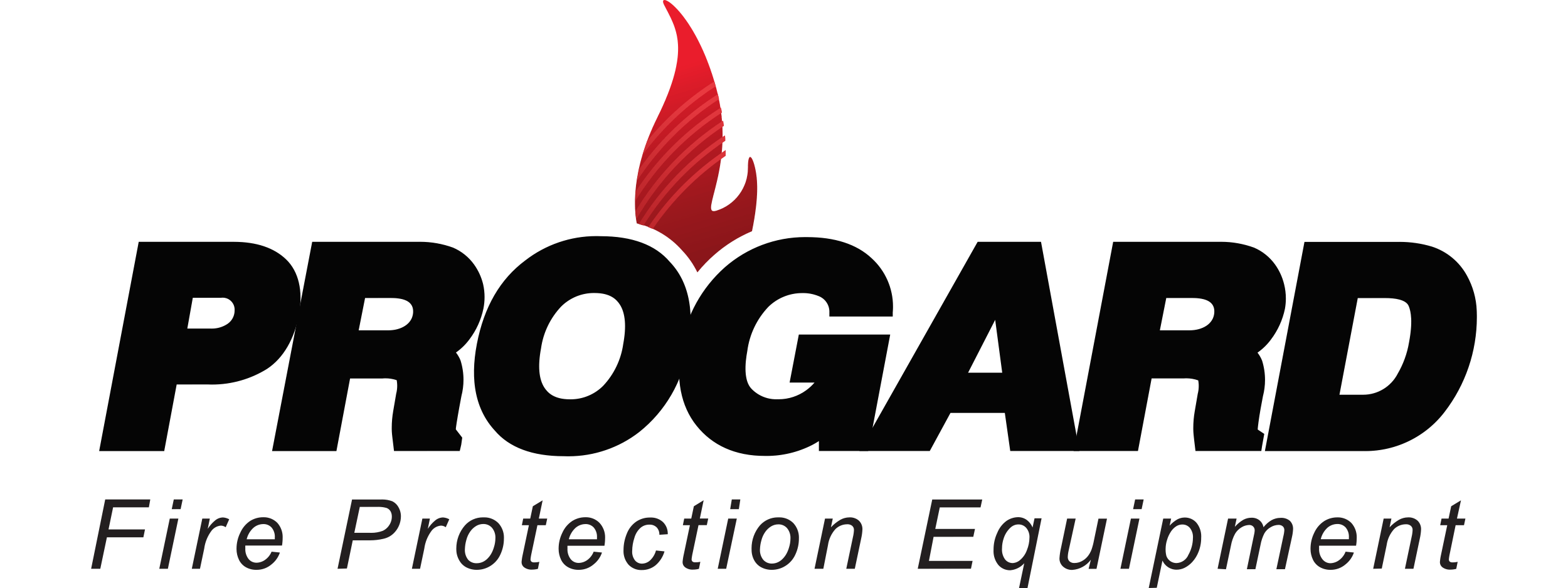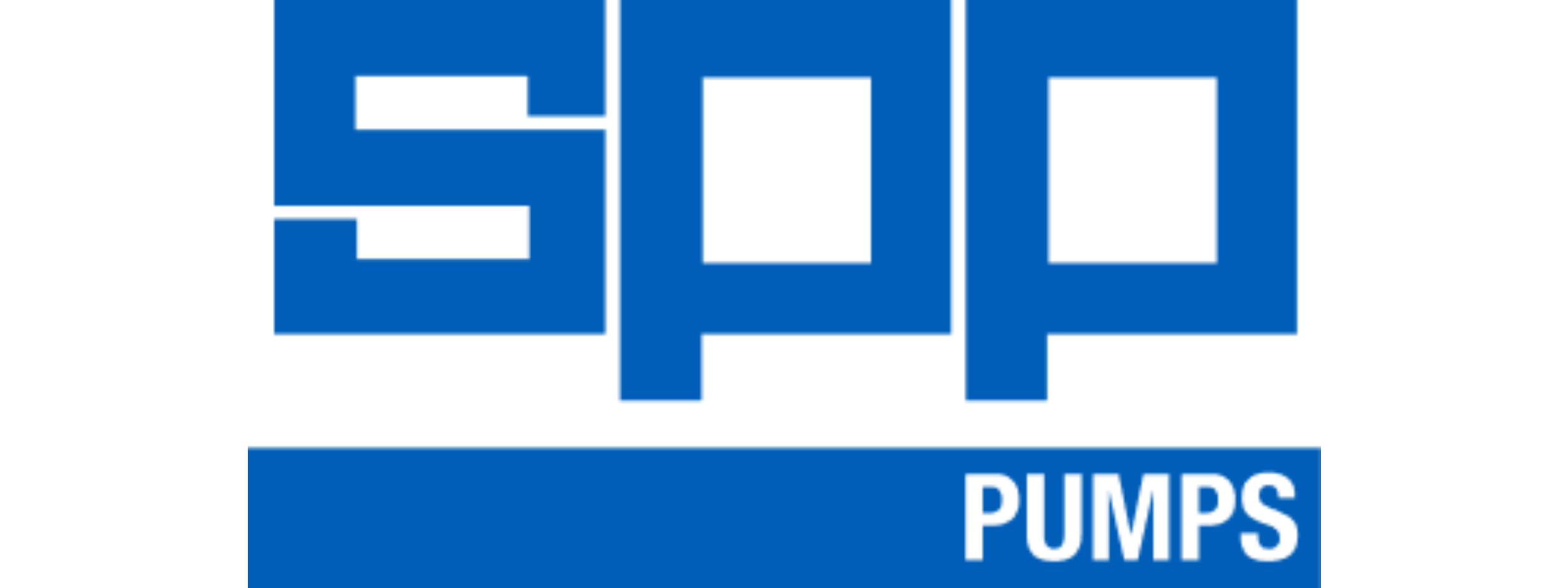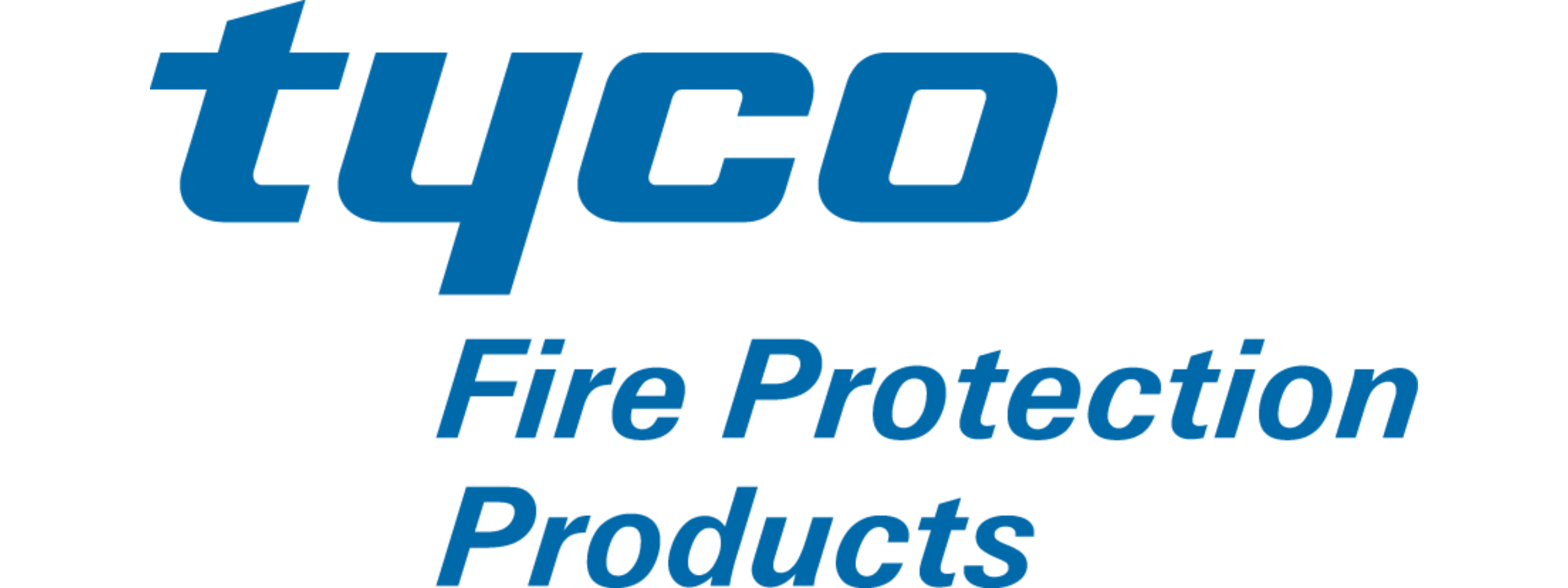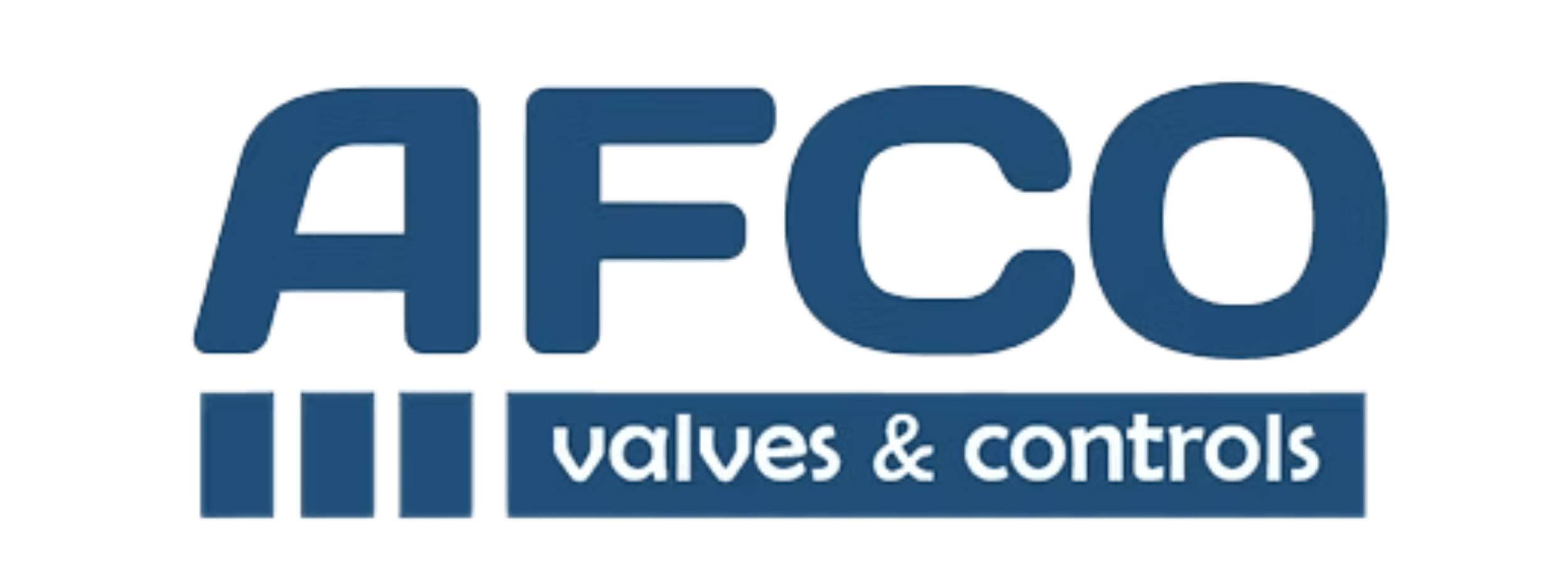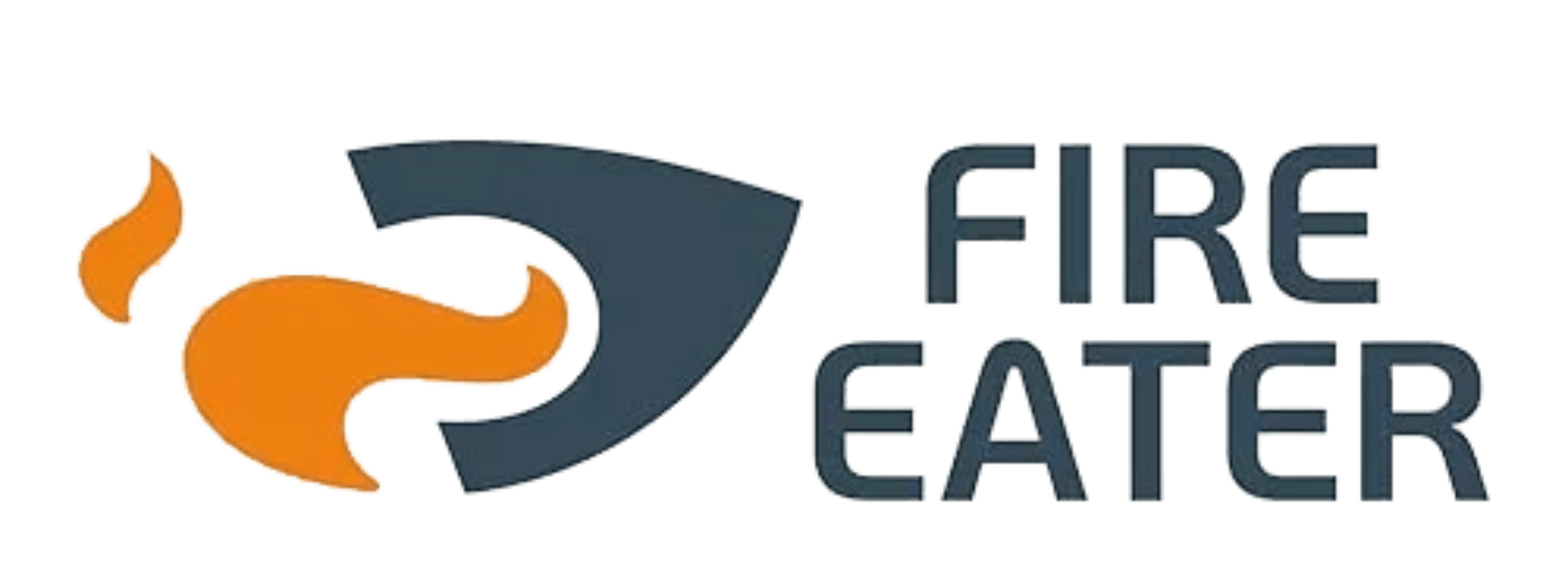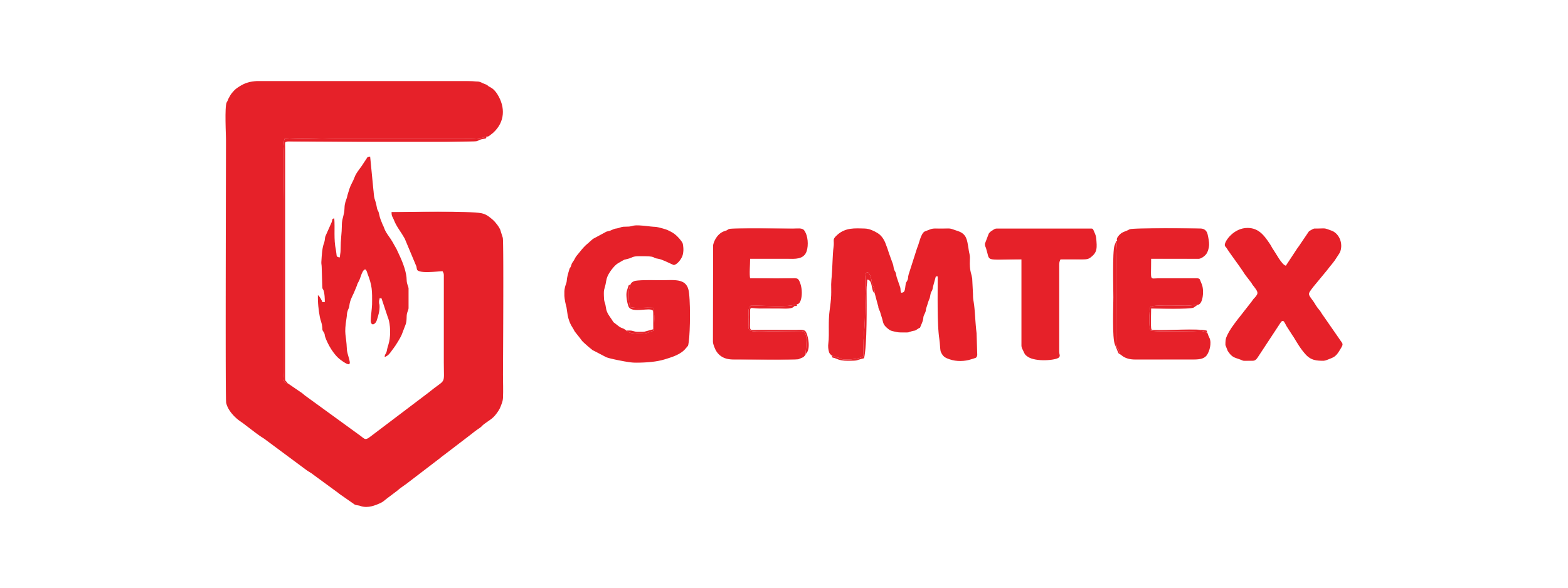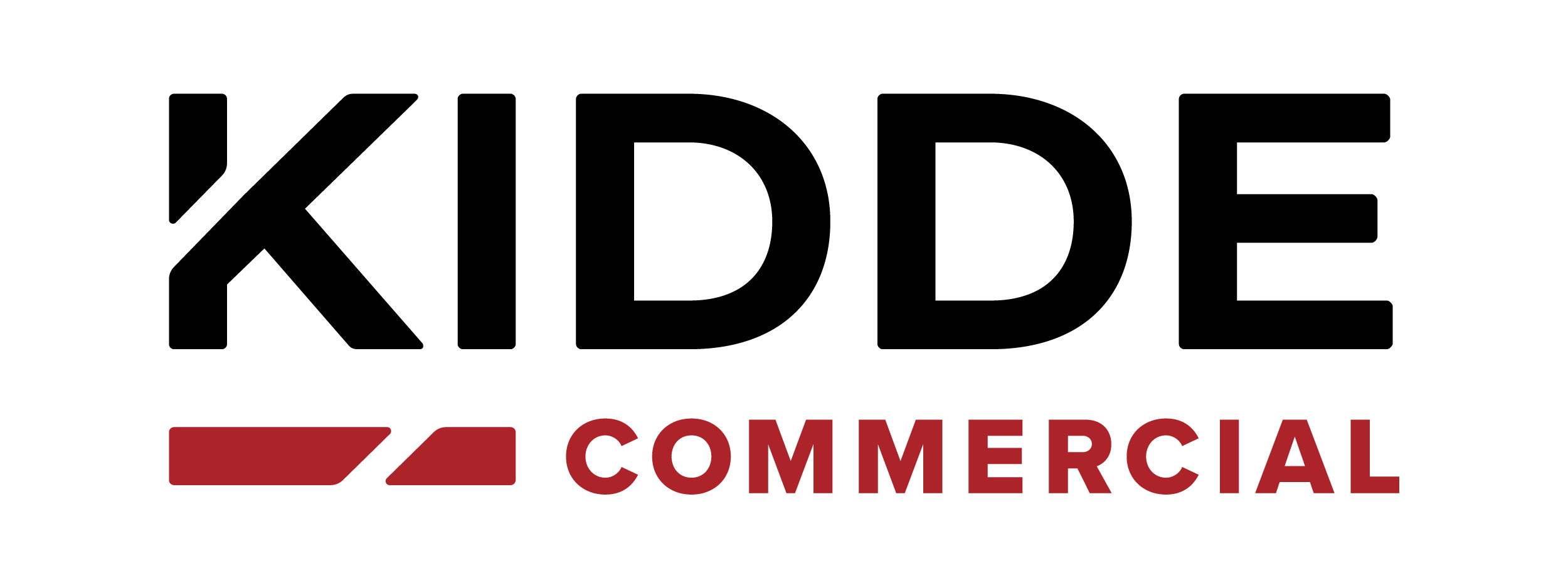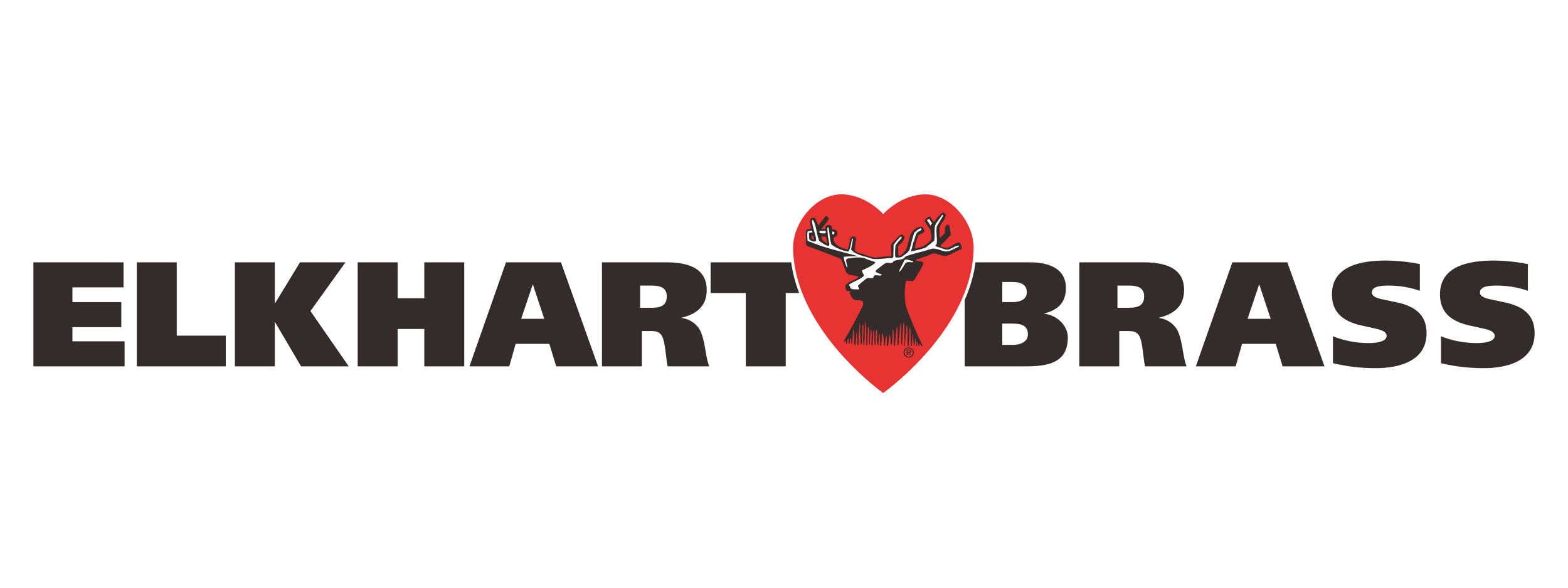Did you know thatFoam SystemTank farms, or storage areas, are critical facilities in various industries, particularly those related to oil and gas, petrochemicals, and fuels. These tank farms store hazardous materials that are flammable and explosive. Due to the high risk of fire and explosion, fire protection standards are crucial for protecting assets, the environment, and worker safety. Relevant fire protection for tank farms, as well as steps taken to minimize the risk of fire.
Types of Risks in Tank Farms
- Leakage: Leakage of fuel or flammable chemicals can cause fire, especially if sparks occur.
- Explosion: Some stored materials may produce explosive gases if exposed to heat or fire.
- Electrical Short Circuit: Electrical installation errors or device failure can trigger a fire.
- Worker Activities: Human error in fuel management and tank operations can increase the risk of fire.
Effective Foam System for Fire Protection in Tank Farms

tank farms fire protection PT Adiwarna Anugerah Abadi
To mitigate these risks, various standards and guidelines are implemented in the design, operation, and maintenance of tank farms. Here are some commonly used standards:
- NFPA 30 (Flammable and Combustible Liquids Code)
The National Fire Protection Association (NFPA) sets standards for the management of flammable and combustible liquids. NFPA 30 provides guidelines for tank farm design, from the types of tanks used, their placement, to the required fire protection systems.
Some of the key provisions of NFPA 30:
- Safe distance between tanks to prevent the spread of fire from one tank to another.
- Provision of embankments or secondary containment to prevent spilled materials from spreading.
- Fire protection systems, such as sprinklers orfoam system, which is suitable for the type of material stored.
- NFPA 11 (Low-, Medium-, and High-Expansion Foam)
This standard regulates the use of foam-based fire extinguishing systems for fires involving liquids. Foam is highly effective for tank farm fires because it cuts off contact between fuel and oxygen, preventing the spread of fire.
Some provisions of NFPA 11:
- The type of foam used must be appropriate to the material being stored.
- Foam systems should be installed automatically in areas with a high risk of fire.
- Frequency of testing and maintenance of foam systems to ensure optimal functioning.
- API 2001 (Fire Protection in Refineries)
The American Petroleum Institute (API) provides technical guidelines on fire protection in oil refineries and tank farms. API 2001 emphasizes the importance of conducting a risk analysis for each facility and tailoring the fire protection system to the potential hazards at that location.
Key provisions of API 2001:
- Comprehensive risk analysis to determine the size and type of fire protection system required.
- Use of heat and smoke detectors for early detection of fires.
- Automatic isolation system to stop fuel flow in the event of a fire.
- Related National Regulations
In addition to international standards, each country has regulations governing fire protection in industry. In Indonesia, for example, there are regulations fromMinistry of Energy and Mineral Resources And Directorate General of Oil and Gaswhich requires the implementation of safety measures for tank farms, such as the installation of fire alarm systems, fire extinguishing equipment, and evacuation procedures.
Foam System is recommended for Tank Farm
Fire protection systems installed in tank farms must comply with applicable standards and regulations. Some important components of a fire protection system are:
- Fire Detection System:
- Smoke Detector or Heat Detector is used to detect fire or leaks at an early stage.
- Fire Alarmmust be connected to a control center to allow for rapid response.
- Fire Extinguishing System:
- Sprinkler: Automatic sprinkler systems are installed around the tank farm to respond to detected fires.
- Foam System: Widely used in tank farms to extinguish fires caused by flammable liquids.
- Fire Hydrant: Hydrant systems must be available throughout the tank farm area at appropriate distances to reach all tanks.
- Layout and Safety Embankment:
- Tanks must be placed at a certain distance according to regulations to reducerisk fire spread.
- A safety embankment (bund wall) is used to contain liquid spills so that they do not spread outside the tank area.
- Ventilation and Explosion Protection:
- Ventilation systems are used to prevent the buildup of explosive gases.
- The tank is also equipped with a pressure relief valve to prevent overpressure which can cause an explosion.
Foam System Training and Maintenance
To ensure effective fire protection, regular training is essential for all tank farm workers. They should know:
- Emergency procedures in case of fire.
- How to use a fire extinguisher.
- Safe evacuation system.
In addition, routine maintenance of fire protection systems, such as periodic testing of sprinklers, foam systems, and fire alarms, must be performed to ensure all equipment is functioning properly.
Fire protection in tank farms is a critical aspect of maintaining operational safety and sustainability. Implementing international standards such as NFPA 30, NFPA 11, and API 2001, along with compliance with national regulations, is essential to minimize fire risks. With a good fire protection system, along with adequate training and maintenance, the potential for fire can be minimized, thereby safeguarding valuable assets and worker safety.

